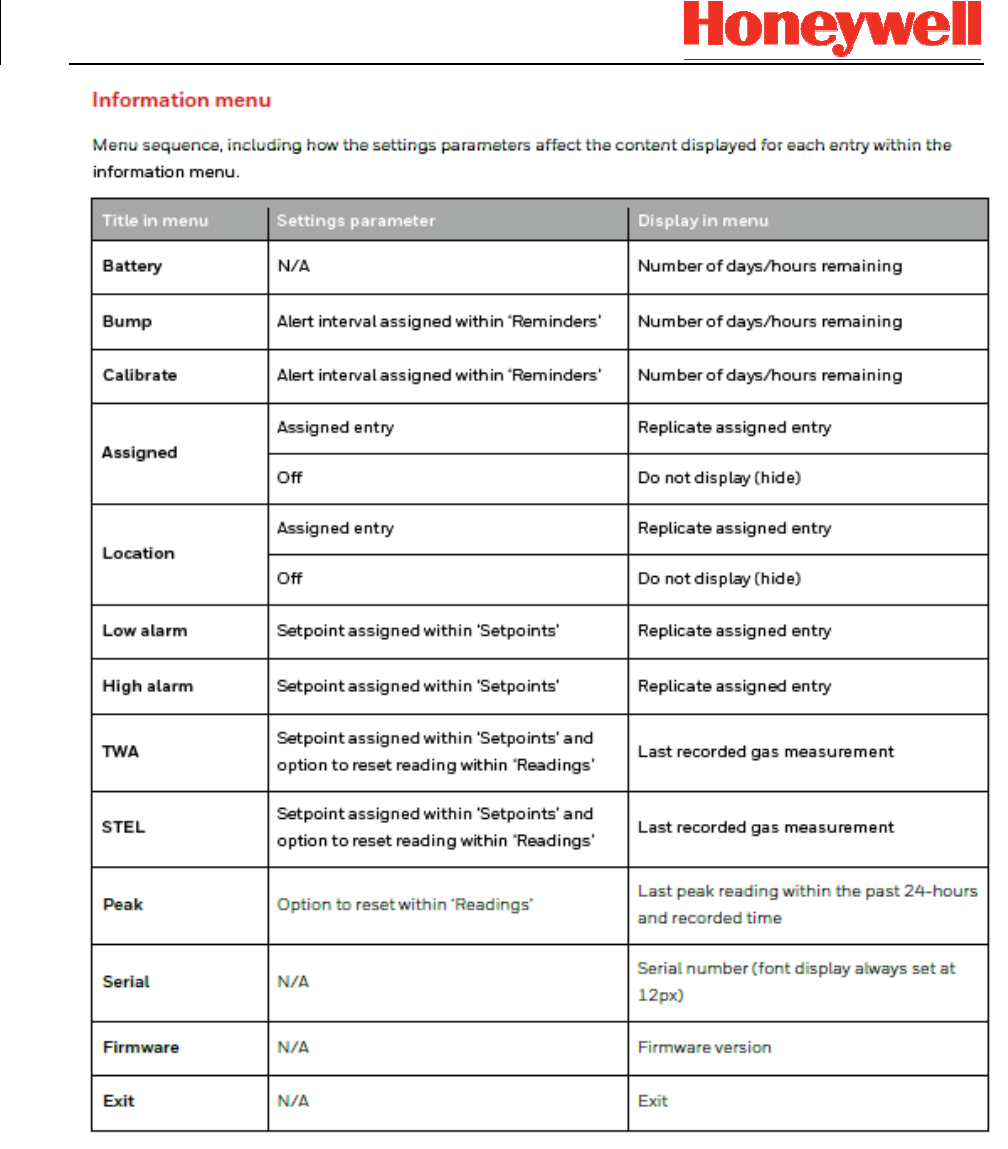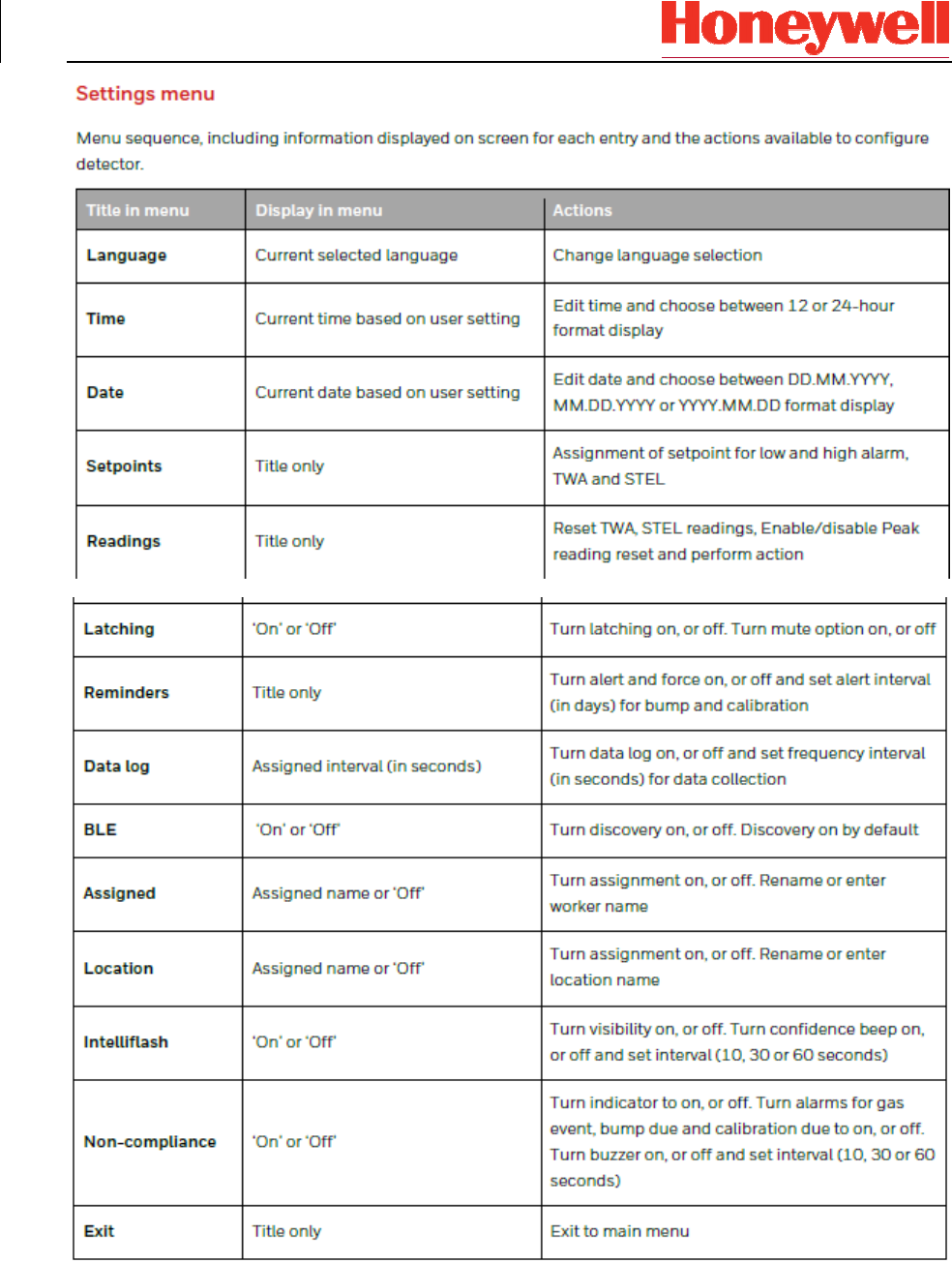RAE Systems BWS1 Honeywell BW Solo User Manual
RAE Systems, Inc Honeywell BW Solo
User manual
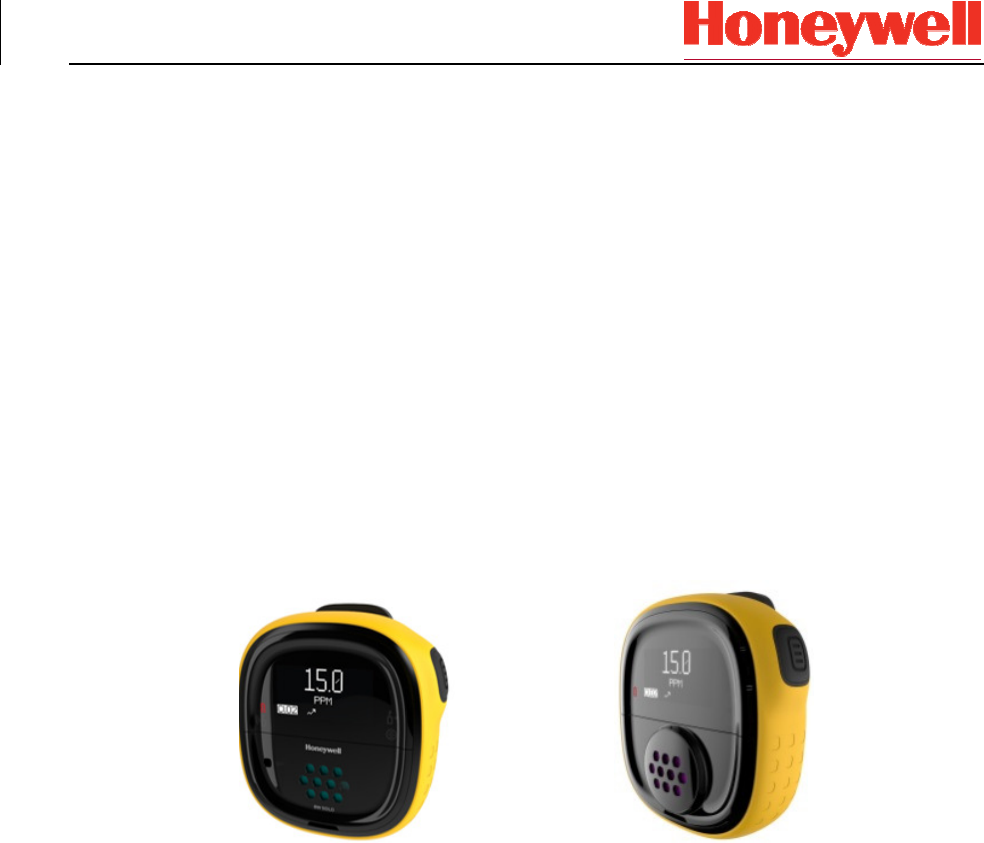
Honeywell BW Solo User Manual

1. Reading before use
This manual must be carefully read by all individuals who have or will have the responsibility
of using, maintaining, or servicing this product. The product will perform as designed only if
it is used, maintained, and serviced in accordance with the manufacturer’s instructions. The
user should understand how to set the correct parameters and interpret the obtained results.
2. Warnings
To reduce the risk of electric shock, turn off power before removing the monitor cover.
Disconnect the battery before removing sensor modules for service. Never operate this
monitor while the cover is removed. Remove monitor cover and sensor modules only in an
area known to be non-hazardous.
Sensors are not interchangeable; use only RAE Systems sensor, and use only the sensor type
specified for your monitor. Use only RAE Systems batteries. Use of non-RAE Systems
components will void the warranty and can compromise the safe performance of this product.
Warning: Substitution of components may impair Intrinsic Safety.
Warning: Use only the RAE P/N 500-0160-000 battery.
Warning: Batteries must only be changed in a safe area free of hazardous gas.
Calibrate only in a safe area that is free of hazardous gas in an atmosphere of 20.9% oxygen.
Use only a sensor specially designed for the SOLO model.
WARNING: DO NOT CHANGE BATTERY IN A HAZADOUS LOCATION.
AVERTISSEMENT: AFIN DE PRÈVENIR L’INFLAMMATIOM D’ATMOSPHÈRES
DANGEREUSES, NE CHANGER LES BATTERIES QUE DANS DES EMPLACEMENTS
DÈSIGNÈS NON DANGEREUX
3. Regulatory compliance
Caution:
This device complies with Part 15 of the FCC Rules / Industry Canada license-exempt RSS
standard(s). Operation is subject to the following two conditions: (1) this device may not
cause harmful interference, and (2) this device must accept any interference received,
including interference that may cause undesired operation.
Le présent appareil est conforme aux CNR d'Industrie Canada applicables aux appareils radio
exempts de licence. L'exploitation est autorisée aux deux conditionssuivantes : (1) l'appareil
ne doit pas produire de brouillage, et (2) l'utilisateur del'appareil doit accepter tout brouillage
radioélectrique subi, même si le brouillage estsusceptible d'en compromettre le
fonctionnement.
Changes or modifications not expressly approved by the party responsible for compliance
could void the user's authority to operate the equipment.
This equipment has been tested and found to comply with the limits for a Class B digital
device, pursuant to part 15 of the FCC Rules. These limits are designed to provide reasonable
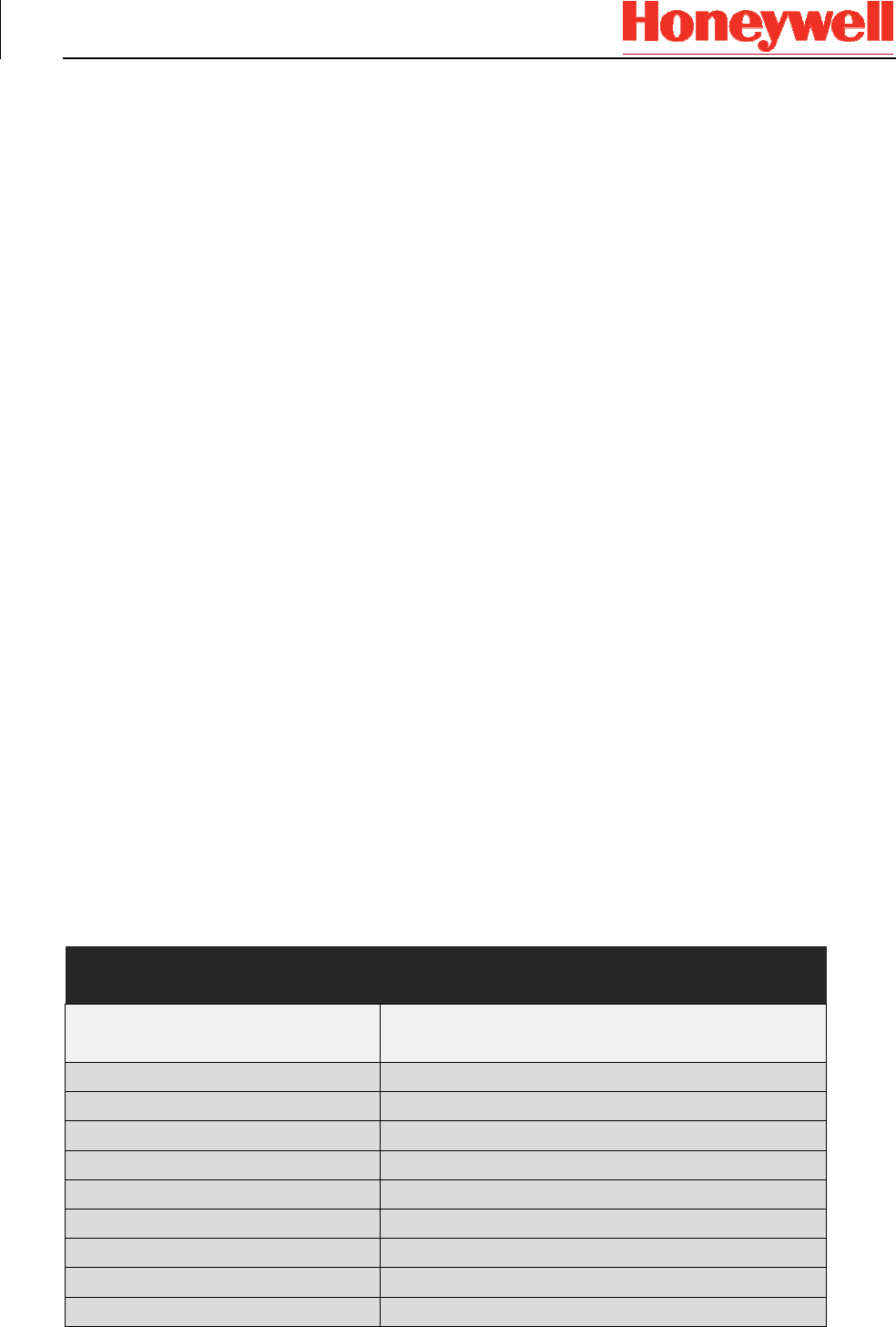
protection against harmful interference in a residential installation. This equipment generates
uses and can radiate radio frequency energy and, if not installed and used in accordance with
the instructions, may cause harmful interference to radio communications. However, there is
no guarantee that interference will not occur in a particular installation. If this equipment does
cause harmful interference to radio or television reception, which can be determined by
turning the equipment off and on, the user is encouraged to try to correct the interference by
one or more of the following measures:
---Reorient or relocate the receiving antenna.
---Increase the separation between the equipment and receiver.
---Connect the equipment into an outlet on a circuit different from that to which the receiver is
connected.
---Consult the dealer or an experienced radio/TV technician for help.
Under Industry Canada regulations, this radio transmitter may only operate using an antenna
of a type and maximum (or lesser) gain approved for the transmitter by Industry Canada. To
reduce potential radio interference to other users, the antenna type and its gain should be so
chosen that the equivalent isotropically radiated power
(e.i.r.p.) is not more than that necessary for successful communication.
Conformément à la réglementation d'Industrie Canada, le présent émetteur radio
peutfonctionner avec une antenne d'un type et d'un gain maximal (ou inférieur) approuvé pour
l'émetteur par Industrie Canada. Dans le but de réduire les risques de brouillage
radioélectrique à l'intention des autres utilisateurs, il faut choisir le type d'antenne et son gain
de sorte que la puissance isotrope rayonnée équivalente (p.i.r.e.) ne dépasse pas l'intensité
nécessaire à l'établissement d'une communication satisfaisante.
4. General information
BW Solo (product name) is single gas monitor, it includes 20 kinds of gas
measurement gas sensor type which is described as below.
Sensor List
Target Gas Type Brand
CO Whittle
CO RAE
H2S Whittle
H2S CiTiceL
H2S RAE
O2 Whittle
O2 CiTiceL
CL2 Sensoric
H2 CiTiceL
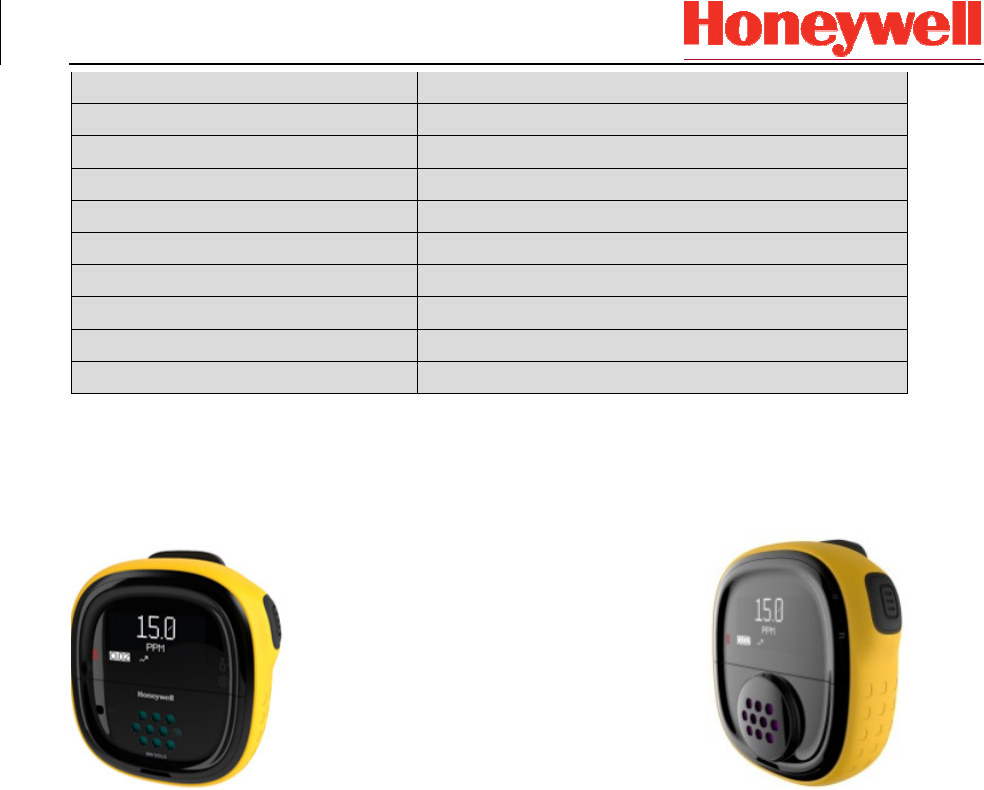
CO-H Alpha
SO2 CiTiceL
HCN Alpha
O3 Sensoric
ETO Alpha
PH3 CiTiceL
NO2 CiTiCel
NO Alpha
CLO2 Sensoric
NH3 Sensoric
5. Product outlines
6. Product Features
BW Solo specification:
1. Size: whittle version: 70*66.5*24mm, 4R version: 70*66.5*30mm;
2. Working Temperature: -40°C to +60°C;
3. Working Atmospheric Pressure: 80kPa to 120kPa
BW solo function provides:
1. Single gas measurement depends on installation sensor;
2. Alarm indication: Light Band (6 red LEDs) and 3 window indication at top of
instrument, sound alarm with buzzer, vibration by internal vibrator;
3. Warning indication: Triangle symbol light beside LCD;
4. LCD display show sensor reading and information;
5. One button operation for setting, information check, calibration;
Communication: IR is interface to intellidox (calibration equipment name), BLE is
interface to mobile and PC which provide data transfer and instrument configuration.
For android systems application, BW Solo provide passive NFC for BLE pairing
7. Operation
Alarm indication LED
Warning indication
LCD
Alarm indication Buzzer
Sensor
Button
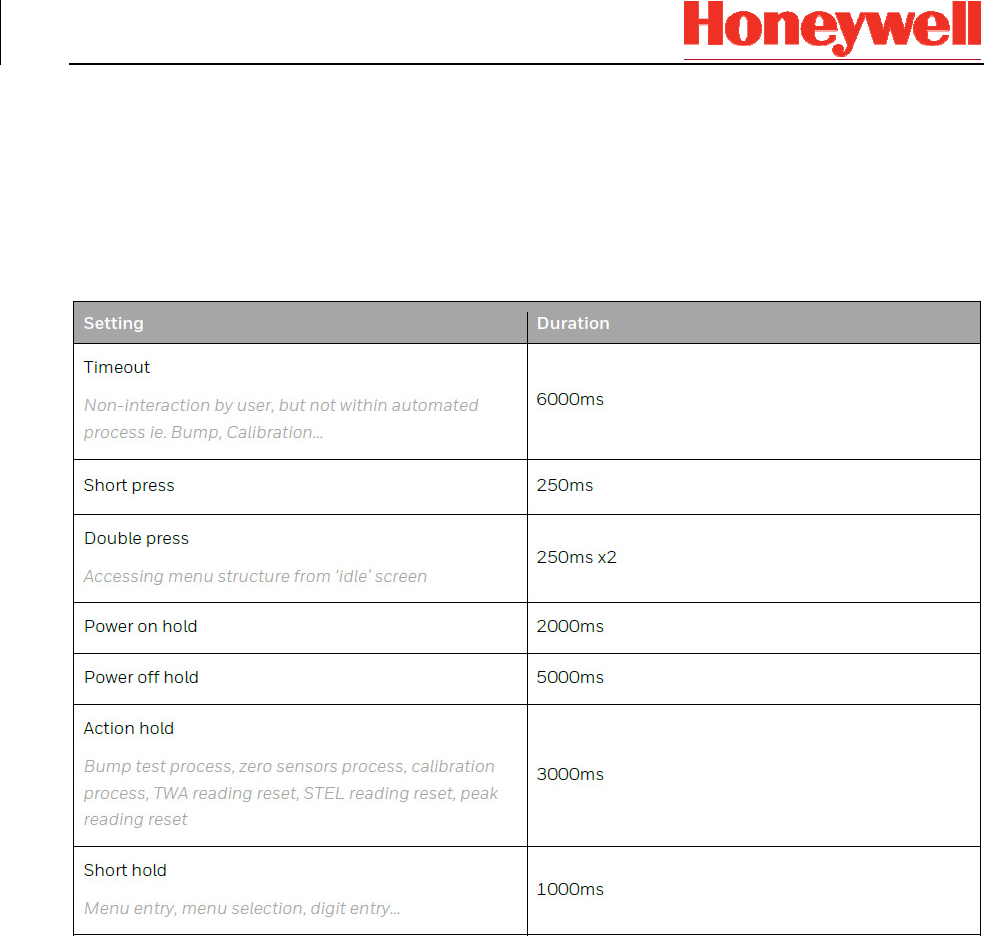
Hold and timeout duration preferences
This table provides the interaction pattern to be implemented globally across the
Clydesdale software
development. Any previously documented settings are overruled by the table
below.
